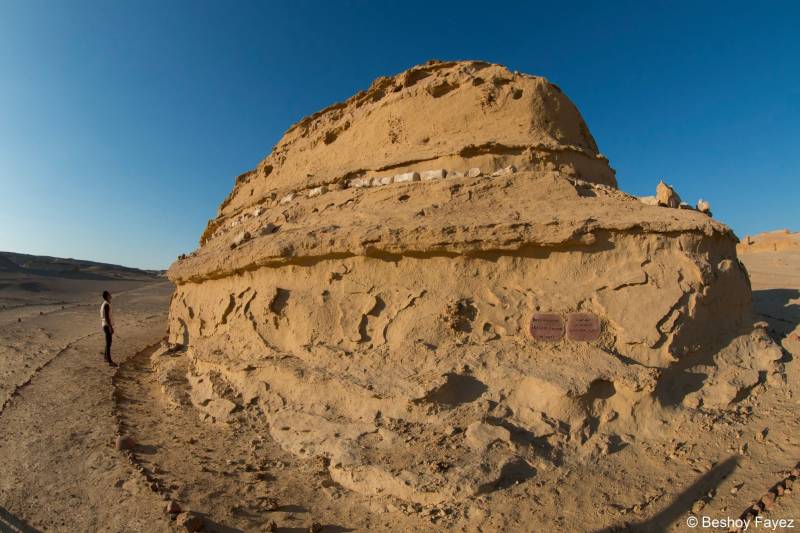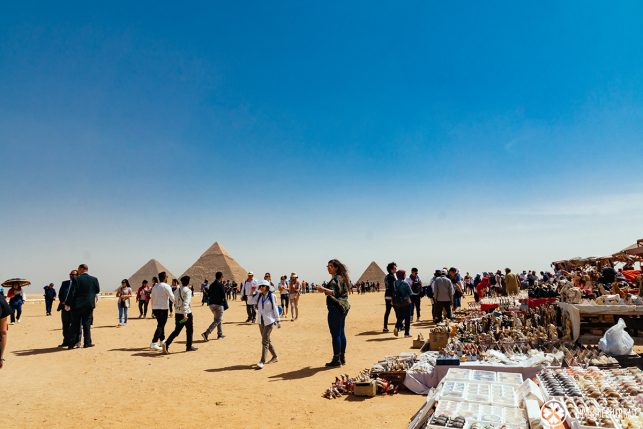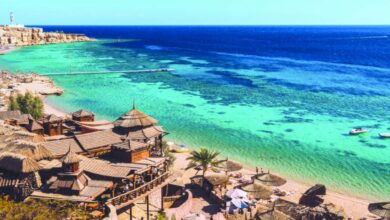“The base of all life is the wild nature inherent in its space […] if this base is threatened then all other forms of life – including ourselves – will be threatened accordingly,” explains Sheikh Ali from the Bedouin tribe of Eleigat in South Sinai. This quote, which gains resonance through its wisdom and simplicity, is featured in the newly released coffee table book “Wildlife in South Sinai,” published by Dar El Shorouk and funded by a EU grant.
With the book, Dina Aly and Rafik Khalil, two well-known Egyptian nature photographers who are passionate about wildlife, introduce the reader to a fascinating and vivid view of nature’s ingenuity and its coping techniques.
Rather than presenting an exhaustive guide to the flora and fauna of the “biodiversity hotspot” that the Sinai peninsula is, the two photographers are more interested in portraying different mammals, insects, reptiles and arachnids through the qualities that make them unique and their behavioral patterns.
“What we are interested in the most," explains Aly, "is instilling in people the interest for conserving nature. That is why we have insisted so much on showing animal behaviors, which brings much more appreciation than just portraying them.”
In a few pages dedicated to the white stork, which passes along the east coasts of Sinai on its journey to Africa during the migrating season, we learn that in order to save energy, the stork soars through the air using thermals – rising warm updrafts, a technique far less exhausting than flapping wings. White storks also have the strange habit of defecating onto their own legs, which is not only a cooling mechanism but also a powerful skin disinfectant.
Flipping through the wonderfully illustrated book, we also learn that the “sand gecko” does not possess eyelids, so to keep its eyes hydrated the gecko frequently licks them.
Divided into seven chapters, this volume focuses on water, mammals, birds, reptiles, insects, arachnids and flora, with a page or two dedicated to each species. To create this book, Aly and Khalil used their knowledge of the Bedouin tribes of South Sinai to locate wildlife and learn more about it. They also read books written by scientists to understand each species’ behavior better, and they roamed the southern part of the peninsula for four years, equipped with a Nikon camera.
According to the husband and wife team, who have been exploring Egypt's deserts for the past 20 years, these arid areas looked more alive when they started.
They are sure that if no strong conservation measures are taken immediately to relieve the stress put on biodiversity in Egypt’s dry regions, some species will be extinct in a few years’ time.
Major threats choking the wildlife in these areas are hunting, habitat destruction and the introduction of alien species.
Bedouins have hunted gazelles almost to extinction. While gazelles were still thriving in the area a decade ago, their actual population in South Sinai is believed to range between only eight and 12 individuals, and it is almost impossible to spot them. Many reptiles and small mammals are subject to illicit trafficking to be sold abroad as exotic species.
Concerning habitat, while the systematic drainage of surface water used to irrigate illegal plantations deprives animals of fresh water sources, trash piles up in illegal dump sites, posing a major threat to animals if absorbed. Acacia trees, a source for food for so many animals, are cut down for charcoal manufacture.
Cats, dogs and donkeys have been introduced by locals to these areas, and they either threaten vulnerable wildlife or compete with wild animals over food resources, accentuating the stress on a local species such as the ibex.
It might seem paradoxical – at least to a foreign reader – to encounter so many references to the Quran throughout this volume, stressing how wildlife in sacred in Islam.
“Contemplating nature with an attitude of respect and reverence is the fifth axis enshrined in the holy Quran," the authors write in their introduction. Also, in the chapter that revolves around water, a picture shows the desert blooming, with purple and yellow flowers completely covering the scorched earth, and this embodies “the awesome ability of the Creator to resurrect life.”
“Spirituality crystallizes every aspect of life and brings them together," Aly explains. "Many Muslims are not aware of the importance given to all creatures and wildlife.” She adds that religion is a good medium to create feelings of responsibility towards nature in people.
The book will be on sale in Diwan and AUC bookshops within the next few weeks.




